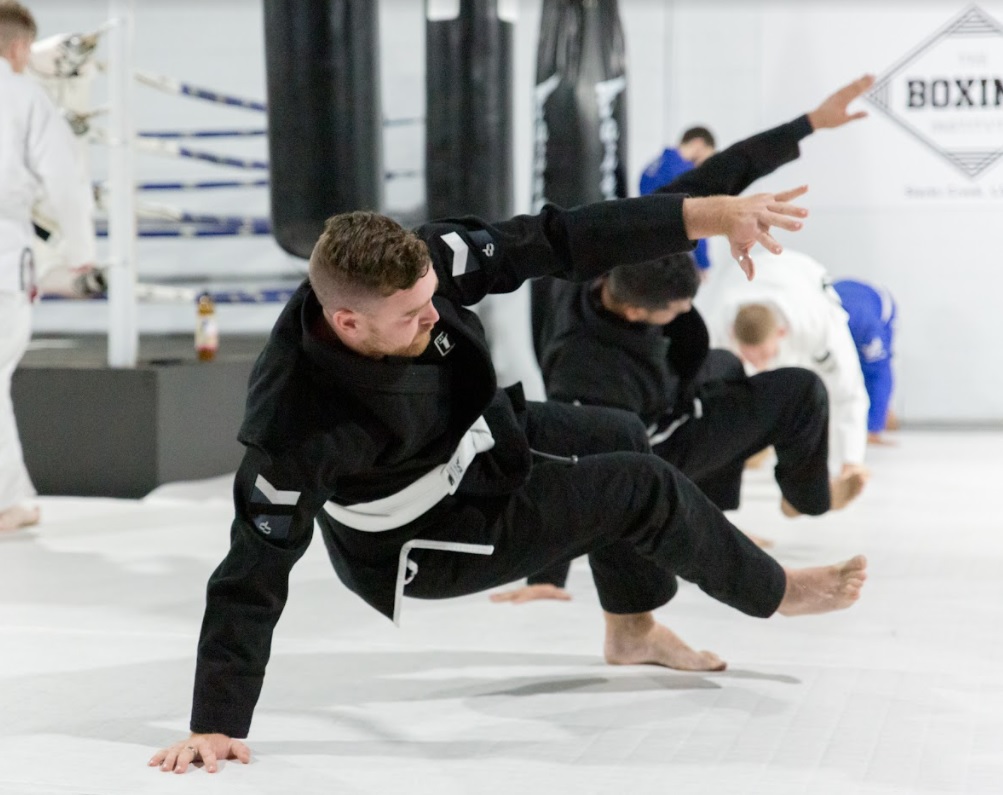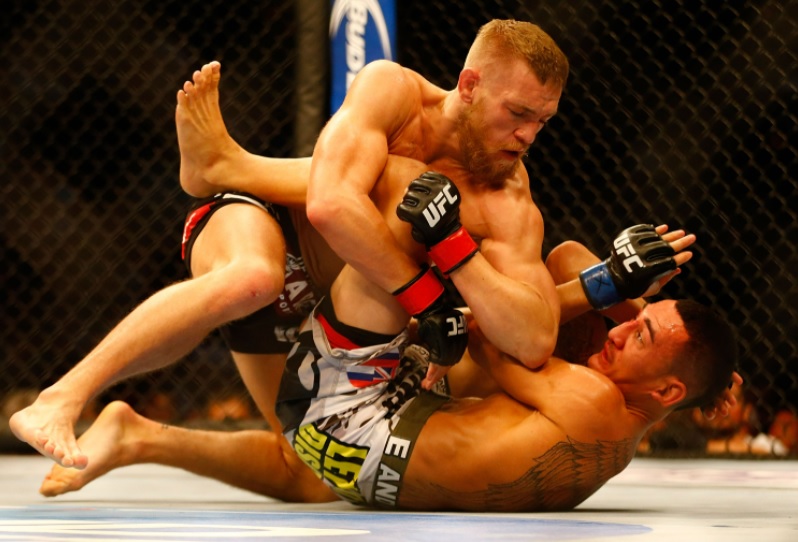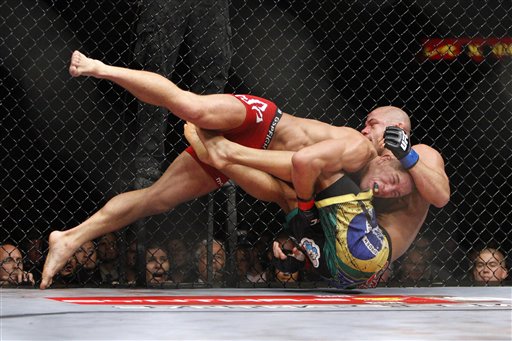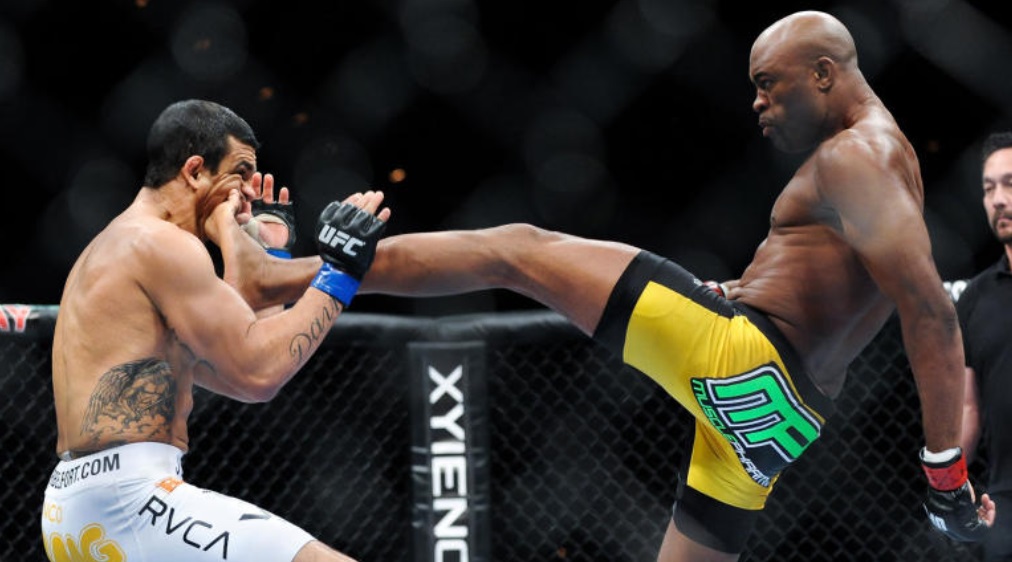Upcoming Events
No event available, please check back again, thank you.
Latest Articles
What Are the Different MMA Fighting Styles in the UFC?
4 March 2022
Mixed Martial Arts is a competitive sport which… well, mixes different martial arts disciplines. Fighters may incorporate techniques from any martial arts system. There is a wide variety of combat systems the cage features. That said, it only makes sense that each fighter has a unique fighting style. Despite the diversity, we can divide MMA fighting styles into broad categories.
Fighters may identify as strikers or grapplers. (But the MMA community considers a third category: the ‘All-rounders’) The distinction depends on their arsenal of tools and how well they use them. Sometimes, the difference can depend on the position they prefer to engage in. The terms stand-up fighter, submission fighter, and ground and pounder come as a result.
-
The Evolution of a Fighters Style
A fighter’s style evolves as they learn and practice different martial art systems. Usually, they build upon a base or foundational martial art. This base is what they practised before they transitioned to MMA.
It’s pretty normal that the core principles they follow remain the same even when they start MMA. So it’s only natural that their fighting style evolves around those core principles. A Nak muay, for example, would be more reliant on their strikes. On the other hand, a Jujiteiro would try to bring (and finish) the fight on the ground.
As MMA fighters grow in the sport, they expand their training beyond their comfort zone. They explore techniques from other martial arts and incorporate them in their skillsets. Strikers work on their ground game, and grapplers work to improve their stand-up game.
Development in this manner allows them to cover their foundation’s weaknesses. Ultimately, this process forges well-rounded fighters able to adapt to different opponents.
Take a look at Conor McGregor as the perfect example. He began as a striker, but his fighting style has evolved into a more well-rounded one.
Anyway, let’s go more into detail about MMA fighting styles we commonly see in the UFC.
-
Strikers
Strikes are direct attacks using a part of the body as a weapon. Common striking techniques used in MMA are:
- Close-hand techniques like the hammer fist and punches that use the knuckles,
- Elbow strikes,
- Knee strikes, and
- Kicks
MMA practitioners tend to train in styles that cover as many of these types of strikes as possible—the most notable ones with good technique coverage being Muay Thai and Sanda (or Sanshou).
Muay Thai practices all of the abovementioned striking techniques. In addition to that, it also practices the clinch, which is an upright form of grappling.
Sanda, or Sanshou, or simply Wushu, comes from traditional Kung Fu and modern combat techniques. It is an incredibly mobile system that uses punches, kicks, throws, and sweeps. That is to say; it is well equipped with the tools to take an upright match to the ground. It arguably is one of the best martial arts to transition to MMA from.
(If you’re not convinced, just take a look at Cung Le and Eduard Folayang. These names are two of the most exciting fighters to have dominated the cage.)
Fighters may also come from Sambo, Kickboxing, Boxing, or Taekwondo backgrounds. In their case, augmenting training with other striking-focused styles also works well enough. Boxing, for example, relies heavily on just punching. Learning Kickboxing and Muay Thai techniques can help them put some legwork in.
-
The literal downfall of strikers
Strikers are formidable in their stand-up game. Rapid, explosive hits are a devastating force, and catching one would knock a person right out.
However, strikers are defenceless once you (literally) sweep them off their feet. Since grapplers fight on the ground, they know how to take it to the ground. And since strikers don’t fight on the ground, they are underequipped to defend from sweeps and takedowns.
A striker caught unaware by a grappler loses their high ground. (Quite literally, too!) And if the striker in question has been skimping on ground training, tapping them out could take a matter of seconds.
But once these strikers overcome their weaknesses, they excel in the cage. Muay Thai genius Stamp Fairtex overcame the strikers’ weakness by focusing on BJJ. As a result, most consider her a very well-rounded fighter.
-
Grapplers
Grappling involves gripping, holding, or seizing an opponent. This could be to gain an advantage through control, impose a position, or force them to submit.
Fighters with the MMA fighting style of grappling excel on the ground. Since every match begins upright, their main objective is to get the fight to the ground. They may take the fight to the ground using sweeps, throws, and takedowns.
(And, with a bit of luck, even takedowns and throws can result in a knockout.)
When it comes to grappling bases in MMA, two major martial arts come to mind: Wrestling and BJJ. Big names in the UFC often have a strong background in one and cross-train to build skills in the other. Unsurprising, given that BJJ has been a staple in MMA for as long as the sport existed.
Judo is a notable supplement for these styles. Ronda Rousey is a good example as she dominates her fights with her Olympic-level Judo skills.
-
Grapplers get wound up too
Truthfully, grapplers have the edge over strikers in terms of becoming more well-rounded. They only have to learn to punch, kick, and defend (among others). Strikers have to know the holds, positioning, the multitude of possible submissions, as well as how to escape from them.
That’s not to say that a grappler who learned to strike can quickly go against seasoned strikers. Strikers have the advantage of speed, power, agility, and reflex.
Some MMA enthusiasts assume that grapplers have the advantage over strikers. We beg to disagree. After all, strikers are quick and light on their feet. What use is a grappler’s takedown techniques against an opponent they can’t catch?
Grapplers typically lack in terms of dodging and blocking as well. Faced with a capable striker, they face the problem of avoiding hits and getting a takedown at the same time.
-
The well rounded fighter
What more is there to say? The well-rounded fighter is adept in both striking and grappling. Strikers and grapplers have their strengths and weaknesses. Of course, it’s up to the fighters to tweak their strategy according to their unique capabilities.
After all, no one ever gets into MMA as a well-rounded fighter. You’ve got to work with what tools you have and later equip yourself with more to fill the gaps.
The well-rounded fighter is the final evolution of an MMA fighter. They are strikers who learned to grapple and grapplers who learned to strike. They learn each other’s techniques, incorporate them into their game, and ultimately become the best of both worlds.






